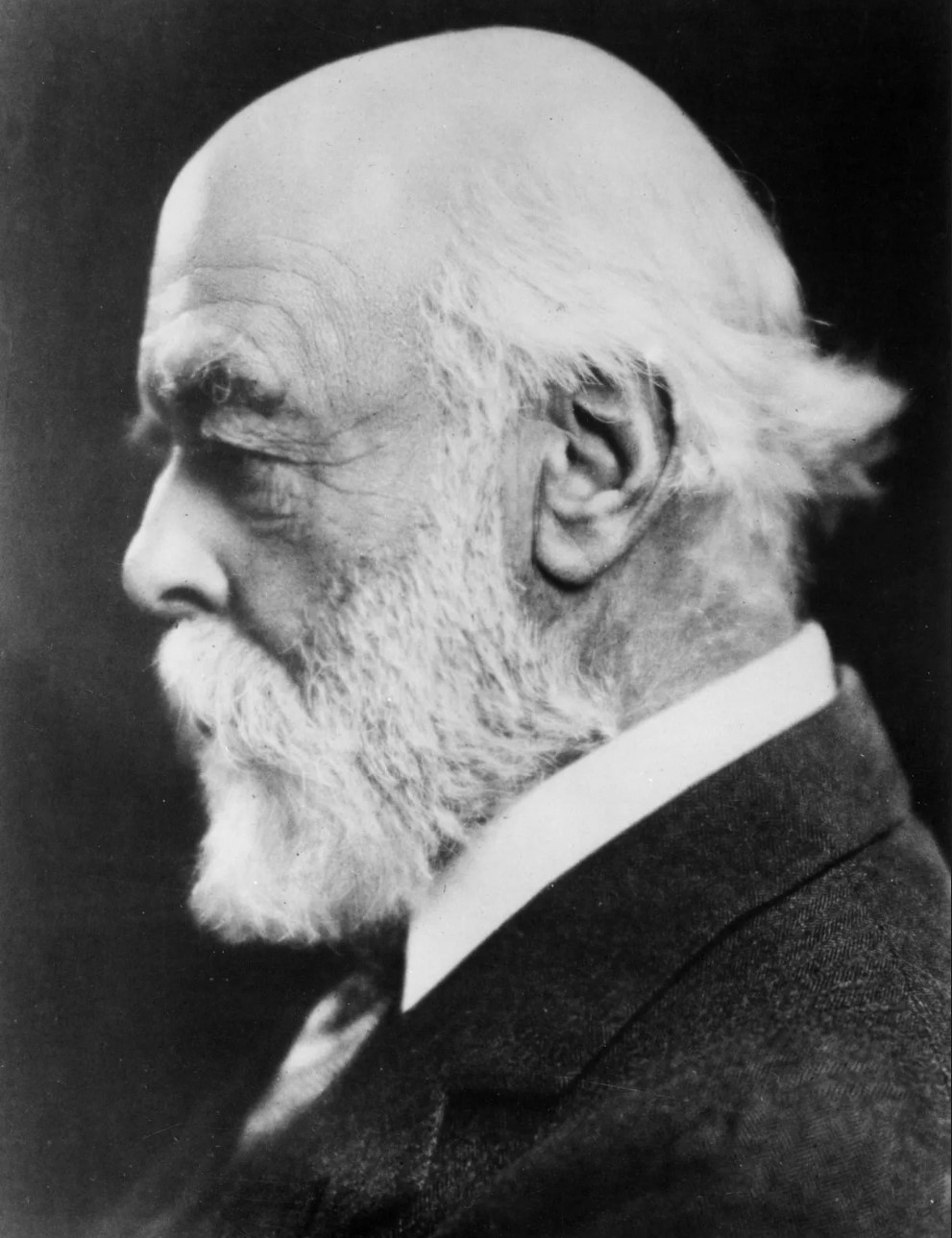
Sir Oliver Joseph Lodge (born June 12, 1851, Penkhull, Staffordshire, Eng.—died Aug. 22, 1940, Lake, near Salisbury, Wiltshire) was a British physicist who perfected the coherer, a radio-wave detector and the heart of the early radiotelegraph receiver.
Lodge became assistant professor of applied mathematics at University College, London, in 1879 and was appointed to the chair of physics at University College, Liverpool, in 1881. During his tenure in Liverpool, he conducted experiments in the propagation and reception of electromagnetic waves. In 1890 a French physicist, Édouard Branly, showed that loose iron filings in a glass tube coalesce, or “cohere,” under the influence of radiated electric waves. To this basic design Lodge added a “trembler,” a device that shook the filings loose between waves. Connected to a receiving circuit, this improved coherer detected Morse code signals transmitted by radio wave and enabled them to be transcribed on paper by an inker. Lodge’s device, first demonstrated before the Royal Institute in 1894, quickly became the standard detector in early wireless telegraph receivers. It was outmoded the following decade by magnetic, electrolytic, and crystal detectors. Lodge also obtained patents in 1897 for the use of inductors and capacitors to adjust the frequency of wireless transmitters and receivers.
In 1900 Lodge was chosen the first principal of the new Birmingham University, and he was knighted in 1902. After 1900 he became prominent in psychical research, believing strongly in the possibility of communicating with the dead.
Books